Research
AREAC supports aquatic ecosystem sustainability through research and education.
Fisheries and Aquaculture Science
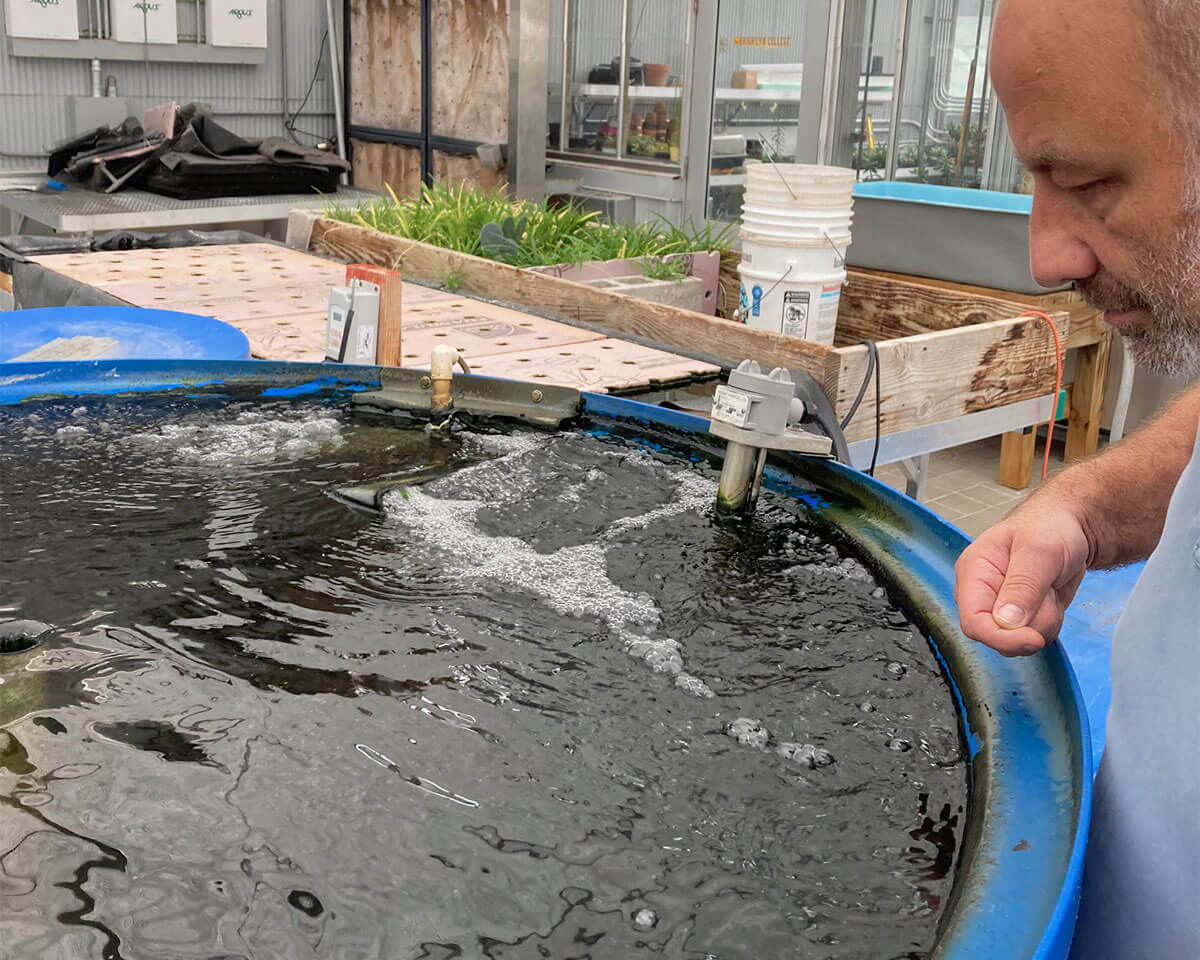
Urban Aquaculture
AREAC Lab Manager Rob Dickie works with integrated recirculating aquaculture to demonstrate the potential for aquatic foods in urban landscapes. Dickie uses his recirculating tilapia-vegetable system as an education tool for Brooklyn College earth and environmental science courses.
Image: AREAC Lab Manager Rob Dickie tends to a tilapia aquaponics system. Credit: S.A. Sethi
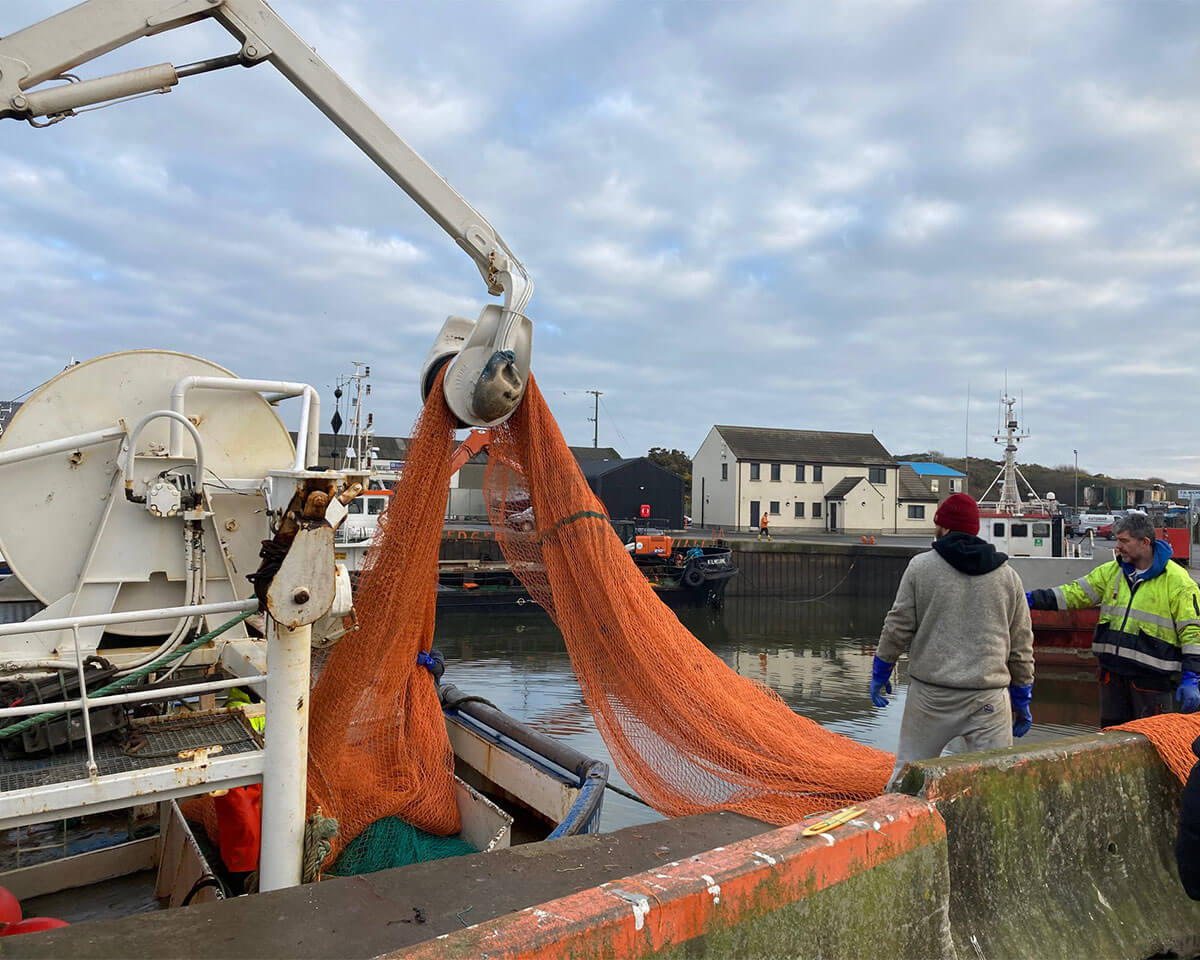
Commercial Fisheries Science
One-fifth of the human population relies on commercial fisheries’ catches as a primary source of dietary protein, but fishing gears have the potential to disturb seafloor ecosystems. AREAC Director Suresh Sethi is working on novel spatial management and fishing gear technologies that can improve fisheries sustainability.
Image: Kilkeel fishermen prepare an experimental net for sea trials. Credit: S.A. Sethi
Environmental Assessment and Management
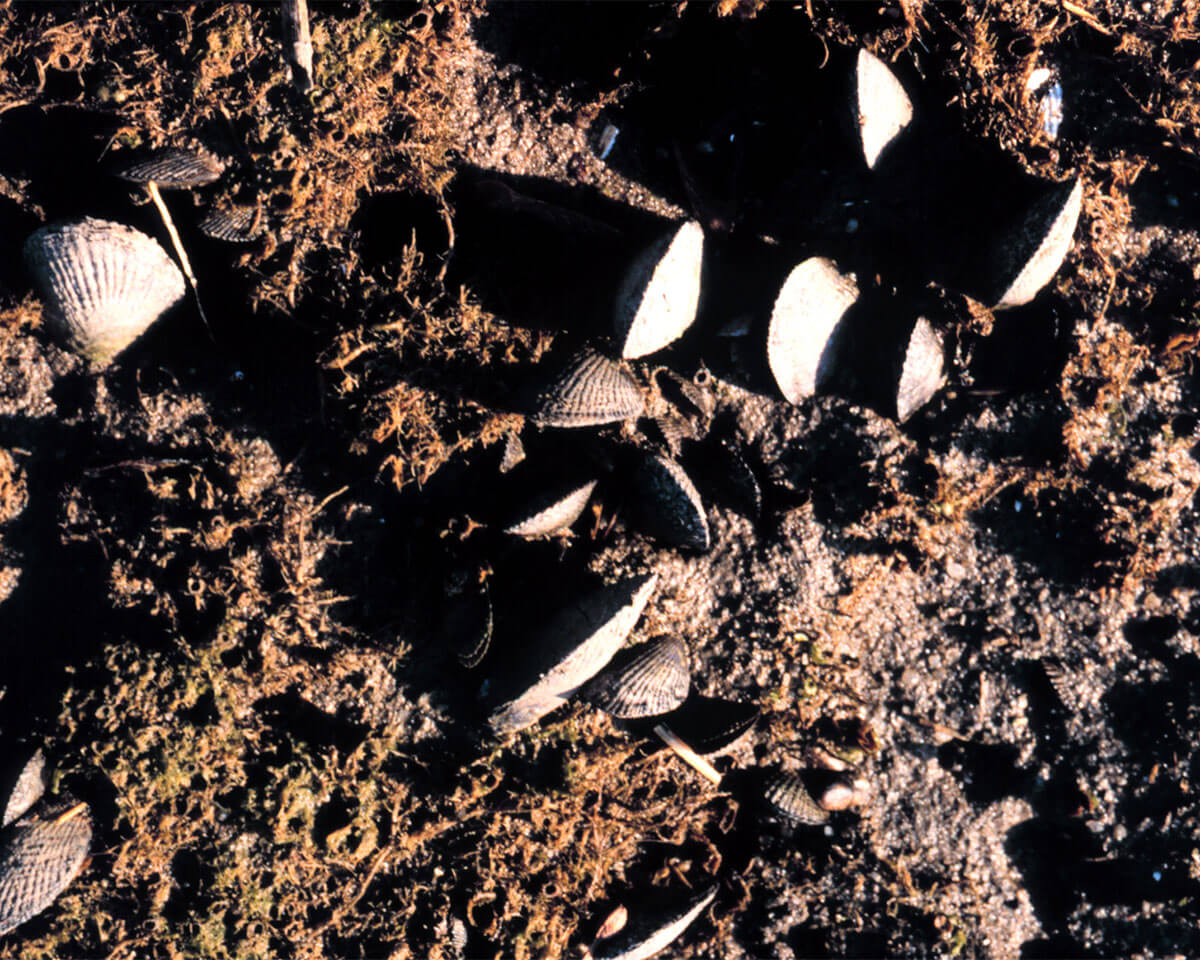
Nature-Based Solutions for Urban Estuary Water Quality
Associate Professor Brett Branco of the Science and Resilience Institute at Jamaica Bay is working with the New York City Department of Environmental Protection to investigate ribbed mussel installations as a means to improve water quality in the city’s estuaries. Ribbed mussels provide multiple ecosystem benefits as they clean the water.
Image: Intertidal ribbed mussels in an urban estuary. Credit: NOAA.gov
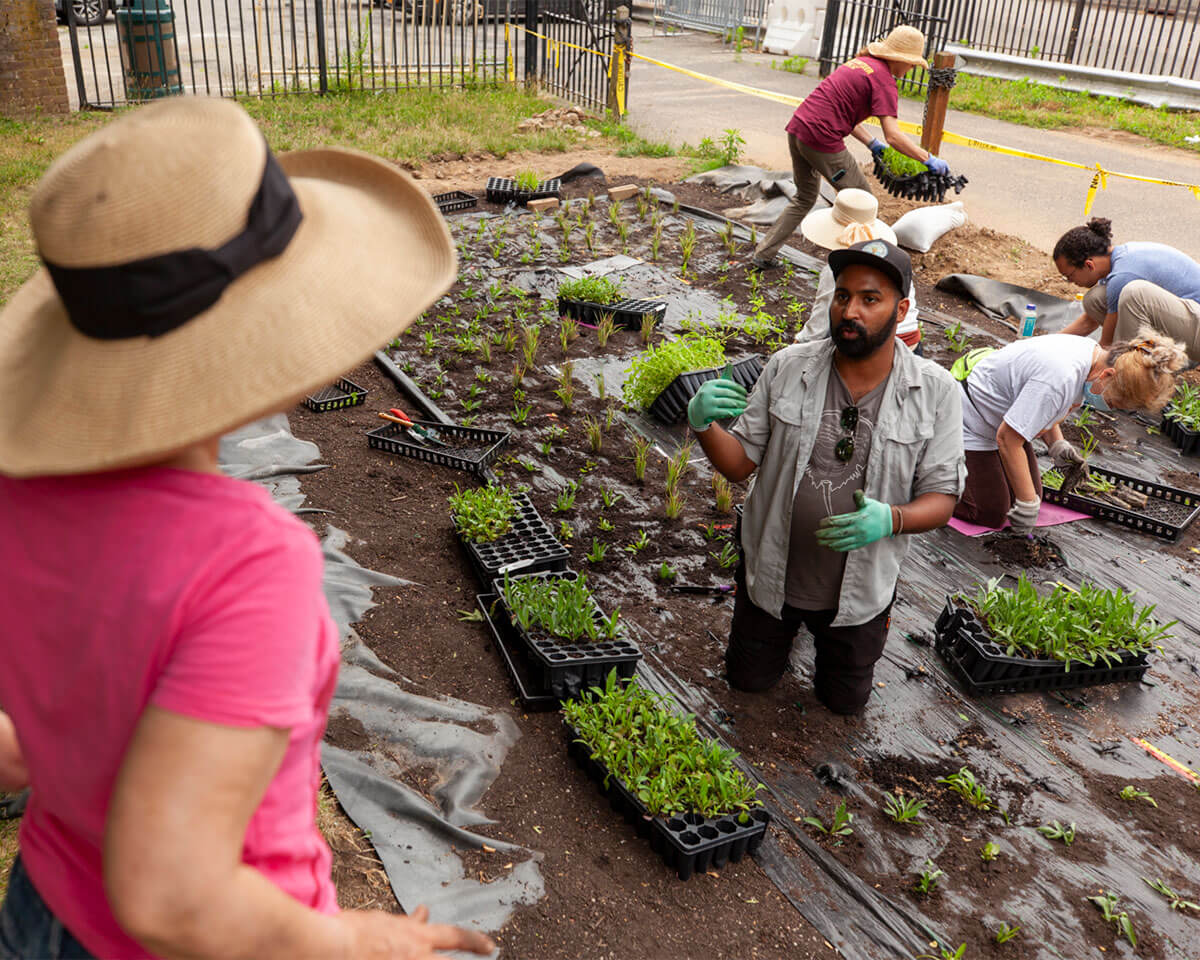
Urban Stormwater Science
Sustainable management of stormwater runoff is critical for maintaining healthy aquatic ecosystems in urban environments. Jennifer Cherrier, professor of earth and environmental sciences and associate director of the Science and Resilience Institute at Jamaica Bay, leads mesocosm experiments at AREAC to understand stormwater microbial and nutrient dynamics. Her work is informing options to manage stormwater in urban environments using green infrastructure. Cherrier recently installed a 450-square-foot urban stormwater test-bed demonstration project on campus that serves as a climate resiliency education and research resource for the CUNY community.
Image: Faculty, staff, and student volunteers planting the test bed.
Biology and Ecophysiology of Aquatic Organisms
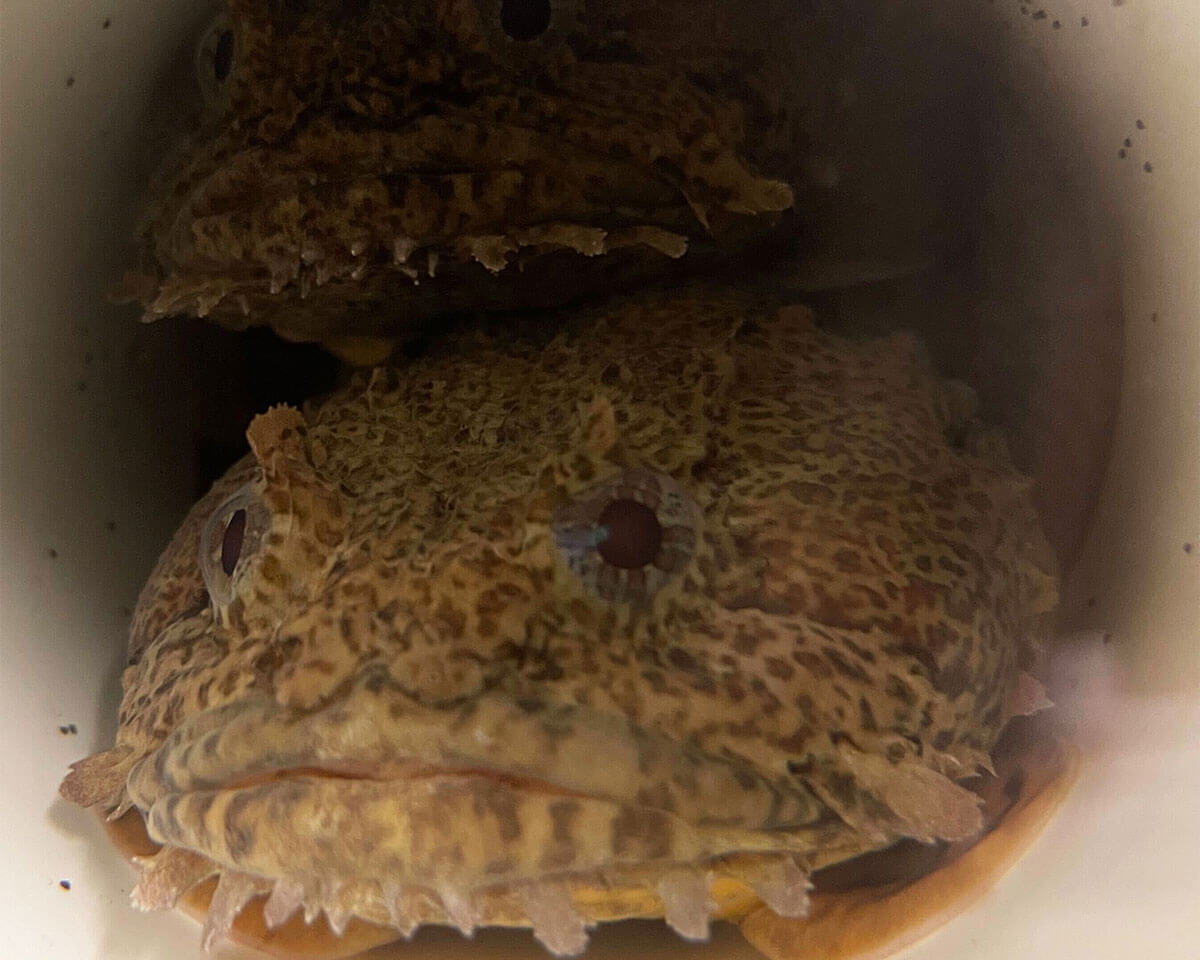
Fish Bioacoustics
Oyster toadfish produce sounds for social communication and mate attraction, and are common along the eastern seaboard. Biology Professor Paul Forlano’s lab is investigating how variable noise in aquatic soundscapes within New York City affect toadfish vocal behaviors. This species will serve as a model to better understand how organisms can survive and communicate in an environment often saturated with anthropogenic noise.
Image: A happy toadfish in the lab. Credit: Paul Forlano
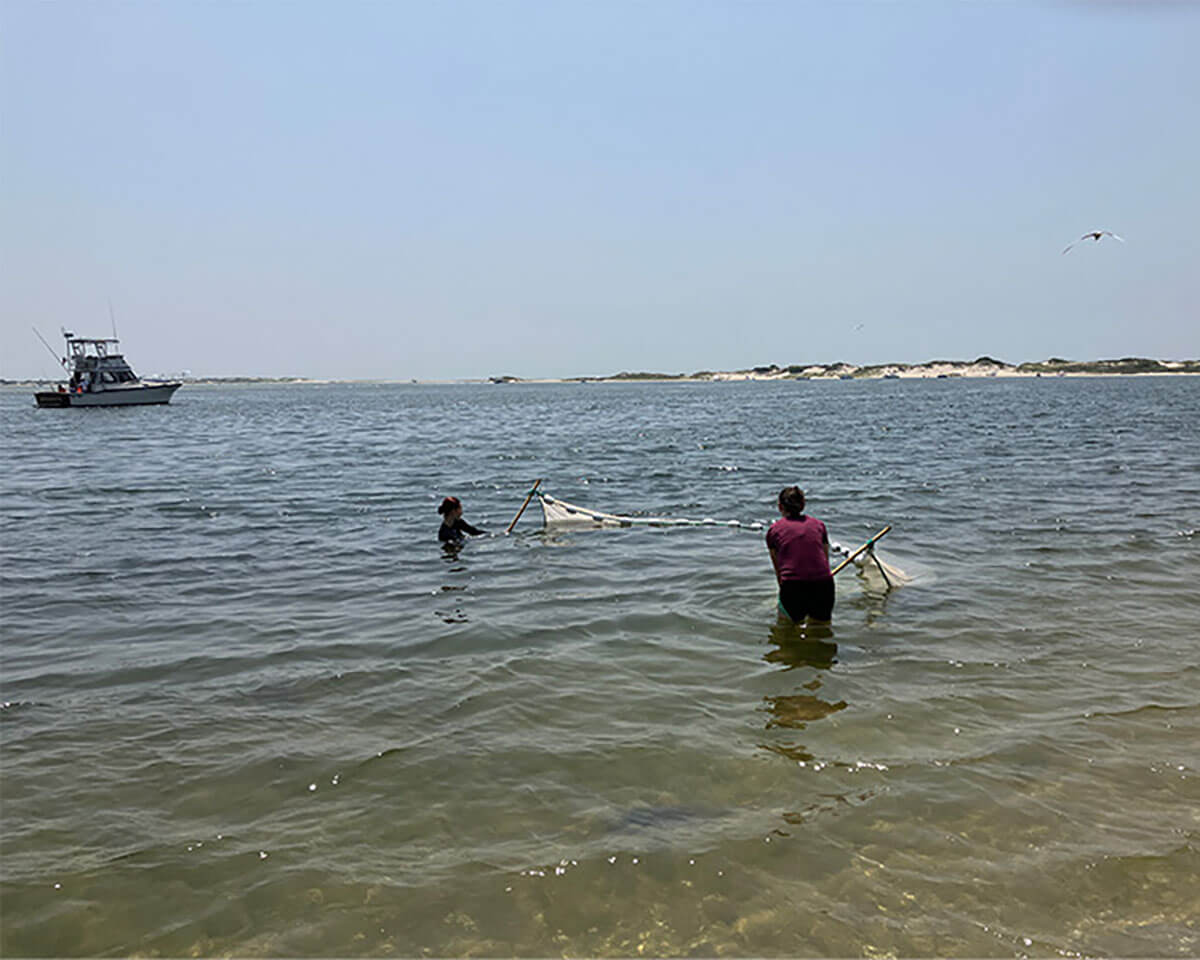
Marine Evolutionary Ecology
Associate Professor of Biology Tony Wilson investigates the ecology and evolution of nearshore fishes, and how dynamic changes in the marine environment can influence the rate of local adaptation of ecologically relevant traits. The Wilson Lab currently hosts an NSF-funded Research Experiences for Undergraduates in Urban Ecology and Environmental Science.
Image: The Wilson Lab takes nearshore fish collections in New York City marine waters. Credit: Tony Wilson
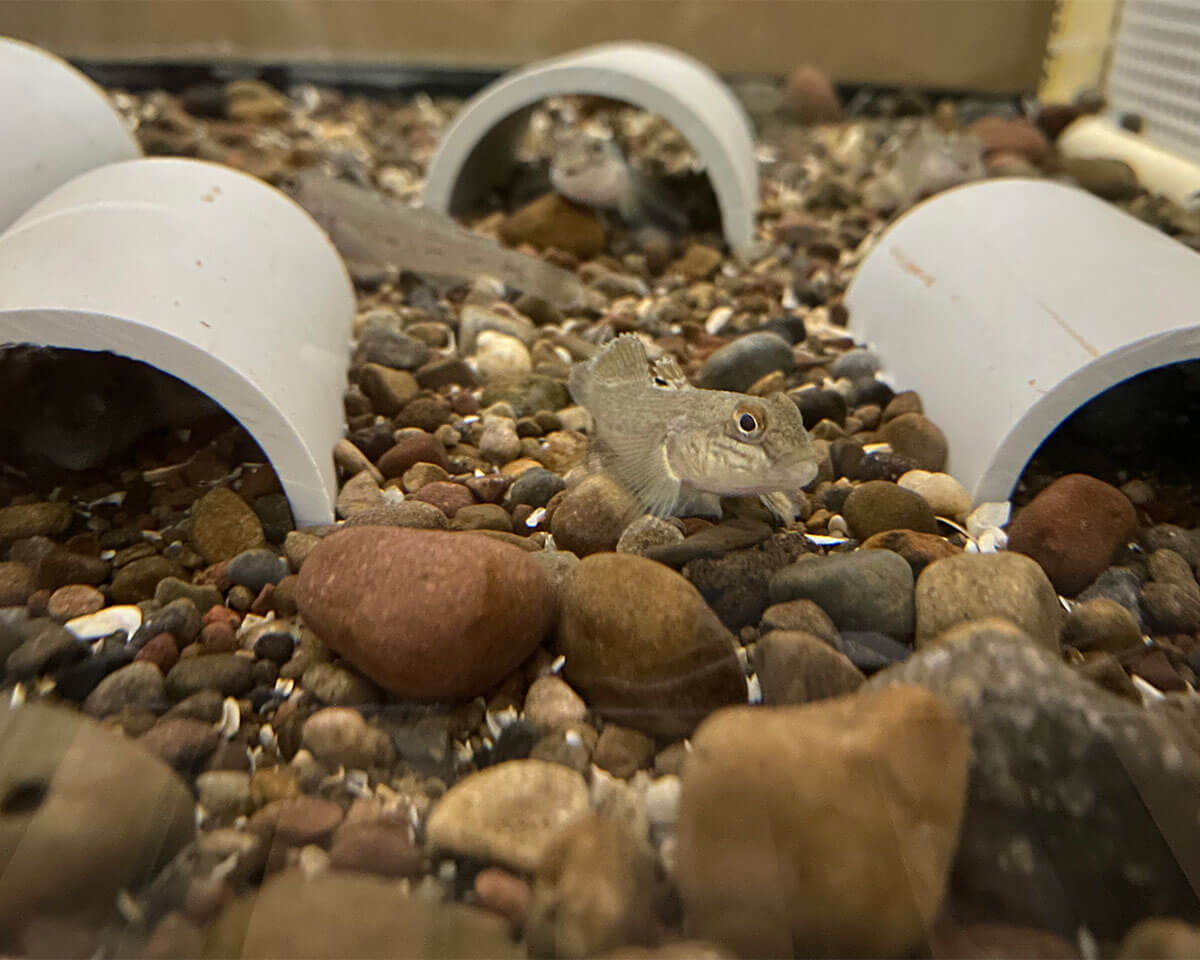
Invasive Species Ecology
Round goby are one of the most rapidly spreading invasive species in North America, and they have now reached the Hudson River. This small benthic fish originates from the Ponto-Caspian region and first arrived in the Great Lakes through ship ballast in the 1990s. AREAC Director Suresh Sethi and Cornell graduate student Kelsey Alvarez del Castillo are investigating the ability of this species to adapt to saltwater environments to inform managers about the potential for round goby to establish in marine habitats along the eastern seaboard.
Image: Round goby (Neogobius melanostomus) have now spread to the Hudson River Estuary. Credit: Kelsey Alvarez del Castillo
